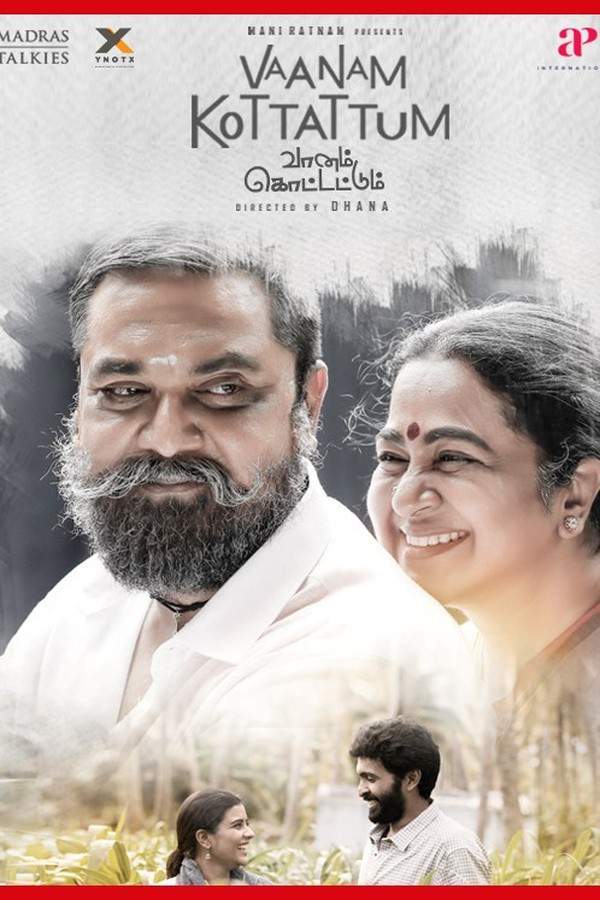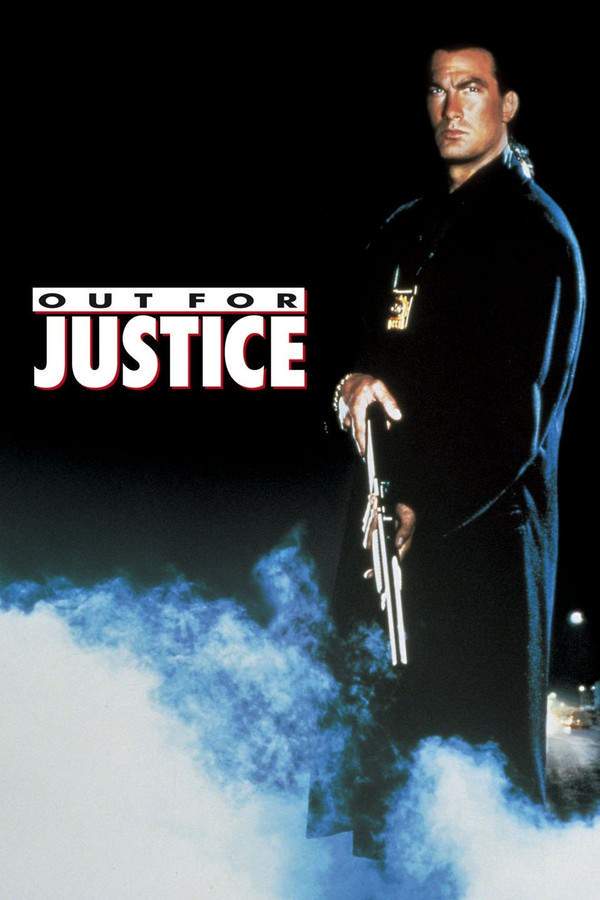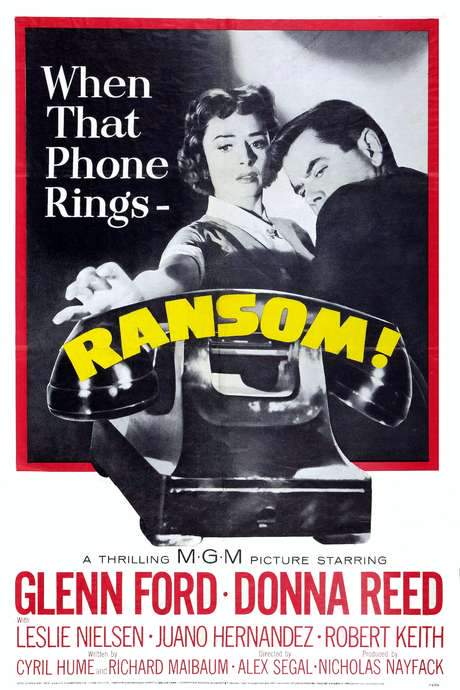
Amar Akbar Anthony
A man with dissociative identity disorder takes revenge on four businessmen for the murder of his family.
Warning: spoilers below!
Haven’t seen Amar Akbar Anthony yet? This summary contains major spoilers. Bookmark the page, watch the movie, and come back for the full breakdown. If you're ready, scroll on and relive the story!
Amar Akbar Anthony (2018) – Full Plot Summary & Ending Explained
Read the complete plot breakdown of Amar Akbar Anthony (2018), including all key story events, major twists, and the ending explained in detail. Discover what really happened—and what it all means.
On a fateful August day in 1955, Kishanlal, a humble chauffeur, is released from prison after serving a sentence tied to a fatal hit-and-run carried out by his unscrupulous employer, the crime lord Robert. He returns home hoping for a chance at a normal life, only to find his wife, Bharati [Abhirami], weakened by tuberculosis and their three sons barely surviving. Overwhelmed by anger and a longing for help, Kishanlal confronts Robert, but instead of compassion he is met with humiliation, abuse, and an outright disowning. In a desperate bid to protect his family, he turns the tables on Robert’s henchmen and makes a daring escape in a car loaded with smuggled gold, with Robert’s men in hot pursuit.
When Kishanlal finally reaches his home again, he discovers Bharati missing, a cruel blow that is compounded by a suicide note left behind in her despair. With no other option, he gathers his sons and sets out on a dangerous plan: place the boys at the foot of Mahatma Gandhi’s statue in Borivali National Park, entrusting the eldest with the responsibility of guiding them. He seeks to mislead Robert’s hounds, but a fiery car crash convinces both the police and Robert’s crew that Kishanlal and his children are dead. The siblings are scattered, and the world they knew splits into separate fates.
Amar [Ravi Teja], the eldest, is knocked down while fleeing from Robert’s goons and ends up under the care of Hindu Police Superintendent Khanna. Anthony, the middle son, roams in search of food for his baby brother and leaves Raju behind, who is found and adopted by the kind Darji Ilahabadi. The youngest, Raju, is later taken in by a parish priest and grows up in a Christian milieu. Each child is raised within a different faith, shaping their identities in unexpected ways. The stormy turn of events thickens when Bharati herself is struck by misfortune: a storm leaves her blind, and though she is rescued, she cannot see her family or the home she once knew. Meanwhile Kishanlal survives the crash and, paradoxically, returns to wealth by amassing Robert’s gold, evolving into a powerful criminal figure in his own right.
Twenty-two years pass, and the lives of the siblings intersect in startling ways. Bharati, now a flower seller, is struck by a hit-and-run outside a church, and Anthony—the neighborhood’s liquor license holder—rushes her to a private hospital. At the same time, Raju, now named Akbar, has become a dynamic Qawwali singer, while Amar has matured into a capable police inspector. Akbar’s path crosses with Salma Ali, a woman who fascinates him even as her father Taiyyab Ali disapproves of their romance. The fates of the three brothers—Amar, Akbar, and Anthony—begin to feel like a shared debt to their unknown past as they each contribute blood to save Bharati’s life.
As the pieces begin to align, a quiet truth emerges: the three men may be more closely related than they realize. Amar traces the trail of highway robbers and meets Lakshmi, a young woman forced by her abusive stepmother into precarious danger. Lakshmi’s grandmother is sheltered by Amar in his own home, a gesture that begins to stitch the family back together in spirit, if not yet in blood. Kishanlal, meanwhile, reignites his own empire with Robert’s gold and steps deeper into crime, kidnapping Robert’s infant daughter Jenny in a bid to exact revenge for his lost family. The two rival worlds collide as Kishanlal consolidates power and Robert builds his own schemes to reclaim his control.
A powerful thread of fate pulls the family toward reckoning when Jenny returns from abroad and Anthony falls in love with her during an Easter service. Bharati’s life hangs in the balance as she is taken hostage by Robert, and her sight is miraculously restored during a festival hosted by Akbar in honor of Sai Baba of Shirdi. As Bharati recognizes Akbar as Raju from a childhood photograph with Mr. Ilahabadi, Akbar also realizes she is the blind woman he once helped home that fateful night. The bond between the siblings tightens as Akbar, with Salma’s aid, rescues her and Taiyyab Ali from a dangerous house blaze, prompting Taiyyab to bless a union between Akbar and Salma. In a poignant revelation, Amar and Akbar discover that they are indeed brothers, and that Kishanlal and Bharati are their parents.
The plot thickens when Kishanlal is betrayed by Jenny’s bodyguard Zebisco, who takes her to Robert in exchange for marriage. Father Gonsalves and Lakshmi witness the abduction, while Ranjeet abducts Lakshmi, and Robert murders Father Gonsalves, planting Kishanlal’s Kali talisman as a taunting clue. The tragedy shocks Anthony into piecing together the truth: Kishanlal and Bharati are his parents, and Amar and Akbar are his brothers. A bold plan unfolds as the brothers infiltrate Robert’s mansion to set things right.
Akbar disguises himself as an elderly tailor, accompanying the other conspirators to steal away Jenny and Zebisco. He even sends a message to his adopted father, and Salma reads it, choosing to stand by him as his “assistant wife” to shepherd the escape. Meanwhile, Amar and Anthony adopt new disguises—the one-man band and a Catholic priest—to facilitate Jenny’s and Zebisco’s wedding, as they move to rescue their sister and outwit Robert’s remaining goons. The tension peaks as the brothers merge their efforts, their once-separate paths converging into a united front against Robert’s criminal empire.
In the end, the reunified brothers and their partners face the challenges together, cherishing the return of their family’s love and the chance for a peaceful life. The film closes with the newly formed, expanded family driving into the sunset, their bonds stronger than the past that tried to tear them apart. The tale is a sweeping saga of loss, resilience, and reconciliation, where faiths, bloodlines, and loyalties intertwine to reforge a kinship that once seemed impossible.
Last Updated: October 01, 2025 at 13:05
Explore Movie Threads
Discover curated groups of movies connected by mood, themes, and story style. Browse collections built around emotion, atmosphere, and narrative focus to easily find films that match what you feel like watching right now.
Family Revenge Epics like Amar Akbar Anthony
A dramatic journey of loss, separation, and violent retribution that reunites a family.If you liked the high-stakes drama and vengeance plot of Amar Akbar Anthony, explore more movies like it. These films feature long-lost family members, complex criminal conspiracies, and a fast-paced narrative leading to a tense but ultimately satisfying reunion and retribution.
Narrative Summary
These stories typically begin with a traumatic event that fractures a family, often across decades. The separate threads follow each character's unique path, which usually involves danger, crime, or personal struggle, before a dramatic convergence forces a final, violent confrontation with the past. The emotional journey is from profound loss to triumphant, hard-worn unity.
Why These Movies?
Movies are grouped here for their shared focus on familial bonds tested by extreme circumstances, a narrative structure built around separation and reunion, and a tone that balances heavy emotional weight with tense, action-driven pacing toward a cathartic resolution.
Intense Hopeful Dramas like Amar Akbar Anthony
Emotionally heavy stories where tension and tragedy build toward a hopeful, satisfying conclusion.For viewers who enjoyed the tense yet ultimately hopeful feel of Amar Akbar Anthony, this collection features similar dramas. These movies balance heavy themes like crime and family trauma with a forward-moving pace that leads to a cathartic and happy ending, perfect for those who want emotion with payoff.
Narrative Summary
The narrative pattern involves a constant state of high stakes and peril, where characters face seemingly insurmountable challenges. The pacing is fast, relentlessly moving from one dramatic event to the next. The emotional arc is a difficult climb from despair, but the underlying drive is hope, culminating in a resolution that validates the characters' struggles and restores order or happiness.
Why These Movies?
These films share a specific emotional mix: they are unafraid of heavy, tense subject matter but are structurally engineered to provide a powerful sense of hope and closure. The similarity lies in the balancing act between sustained tension and the ultimate delivery of an uplifting, satisfying ending.
Unlock the Full Story of Amar Akbar Anthony
Don't stop at just watching — explore Amar Akbar Anthony in full detail. From the complete plot summary and scene-by-scene timeline to character breakdowns, thematic analysis, and a deep dive into the ending — every page helps you truly understand what Amar Akbar Anthony is all about. Plus, discover what's next after the movie.
Amar Akbar Anthony Timeline
Track the full timeline of Amar Akbar Anthony with every major event arranged chronologically. Perfect for decoding non-linear storytelling, flashbacks, or parallel narratives with a clear scene-by-scene breakdown.

Characters, Settings & Themes in Amar Akbar Anthony
Discover the characters, locations, and core themes that shape Amar Akbar Anthony. Get insights into symbolic elements, setting significance, and deeper narrative meaning — ideal for thematic analysis and movie breakdowns.

Amar Akbar Anthony Spoiler-Free Summary
Get a quick, spoiler-free overview of Amar Akbar Anthony that covers the main plot points and key details without revealing any major twists or spoilers. Perfect for those who want to know what to expect before diving in.

More About Amar Akbar Anthony
Visit What's After the Movie to explore more about Amar Akbar Anthony: box office results, cast and crew info, production details, post-credit scenes, and external links — all in one place for movie fans and researchers.



























